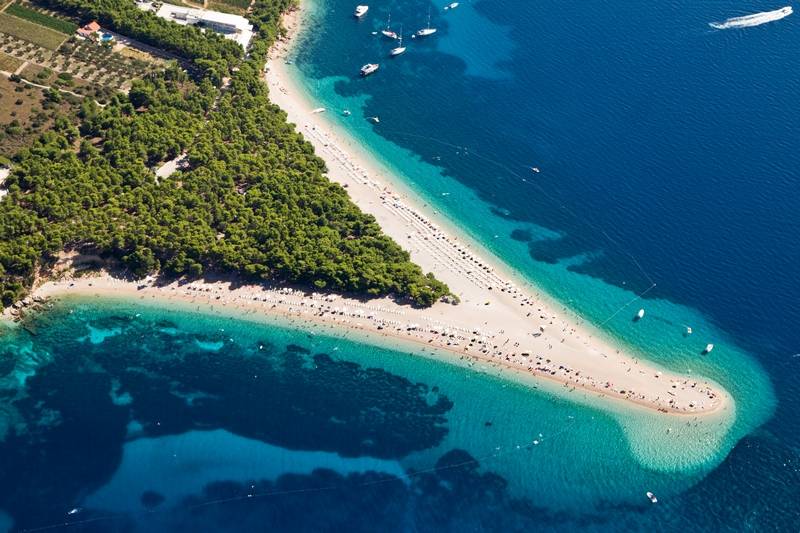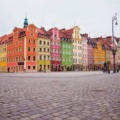Croatia is a country renowned for its stunning Adriatic coastline, medieval cities, and rich cultural heritage. With a landscape that seamlessly merges azure waters, picturesque islands, and rugged mountains, Croatia captivates visitors with its natural beauty and diverse attractions. From the historic city walls of Dubrovnik to the enchanting Plitvice Lakes National Park, each corner of this country exudes a unique charm, offering a blend of ancient history, vibrant local traditions, and modern allure. The warmth of its people, delectable Mediterranean cuisine, and a myriad of outdoor adventures, including sailing, hiking, and exploring ancient ruins, make Croatia an inviting destination for travelers seeking an unforgettable experience in the heart of Europe.
Dubrovnik
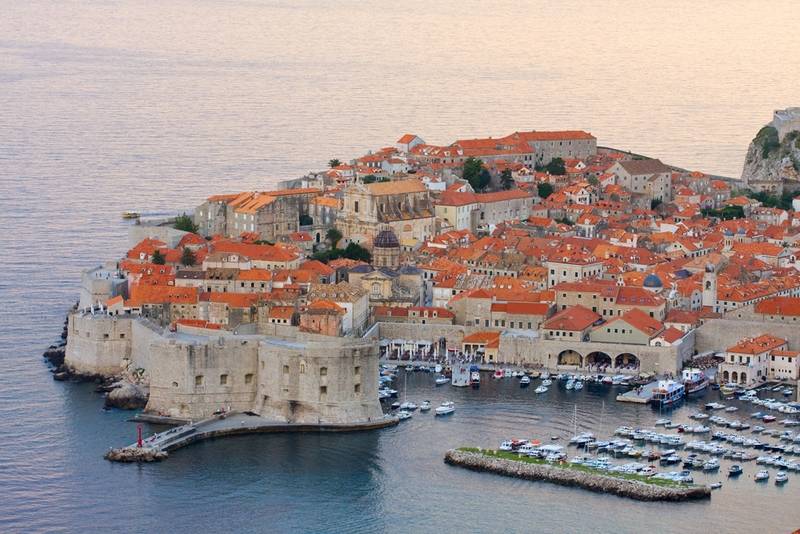
dziewu/shutterstock
Dubrovnik, often referred to as the “Pearl of the Adriatic,” is a beautiful city on Croatia’s southern coast, renowned for its ancient walls, terracotta rooftops, and rich historical significance. Encircled by formidable stone ramparts dating back to the Middle Ages, Dubrovnik’s Old Town is a UNESCO World Heritage Site that transports visitors through time with its stunning architecture, marble streets, and well-preserved buildings. Stepping through the iconic Pile Gate, visitors are greeted by a labyrinth of narrow alleys, Baroque churches, and elegant palaces that narrate tales of the city’s maritime past.
Plitvice Lakes
 zontan-katona/shutterstock |
Renowned for its cascading series of sixteen crystalline lakes interconnected by stunning waterfalls and emerald-green forests, Plitvice Lakes National Park is a UNESCO World Heritage Site that showcases the captivating harmony between water, rock, and flora. The park’s intricate network of wooden walkways and pathways allows visitors to explore its diverse ecosystems, encountering breathtaking sights at every turn—ranging from the thundering Veliki Slap waterfall to the tranquil turquoise pools that reflect the surrounding lush landscapes.
Zagreb
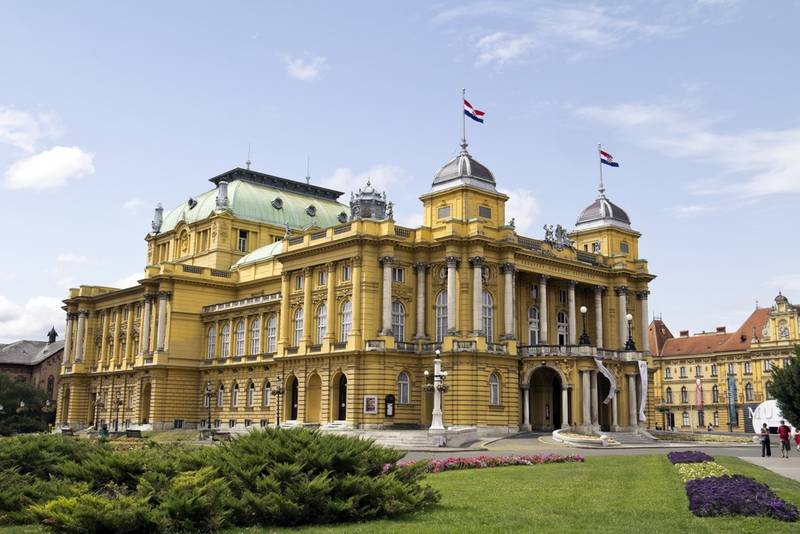
Croatian National Theater. mesut-dogan/shutterstock
Zagreb, the vibrant capital of Croatia, is a captivating blend of historical charm, cultural richness, and modern dynamism. Split into its Upper and Lower Town, the city embodies a juxtaposition of old-world grandeur with contemporary flair. The Upper Town exudes a medieval ambiance, adorned with cobblestone streets, splendid churches, and the iconic St. Mark’s Church showcasing its colorful tiled roof. In contrast, the Lower Town buzzes with lively squares, museums, trendy cafes, and a bustling urban atmosphere. Zagreb’s cultural scene thrives with a plethora of galleries, theaters, and a vibrant street art scene, while its local markets and gastronomic delights offer an immersive experience into Croatia’s culinary delights.
Zlatni Rat Beach, Brac Island
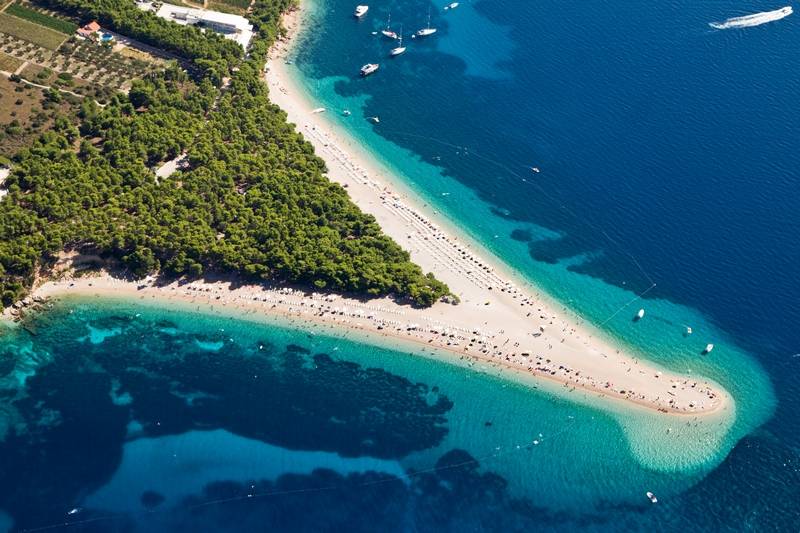
simone-simone/shutterstock
Brac Island, nestled in the crystalline waters of the Adriatic Sea off Croatia’s Dalmatian Coast, is a picturesque haven revered for its stunning landscapes, ancient towns, and serene ambiance. Among its treasures lies the iconic Zlatni Rat Beach, a natural marvel often hailed as one of Europe’s most spectacular beaches. Stretching like a golden tongue into the azure sea, Zlatni Rat’s unique shape constantly shifts with the tides and winds, creating an ever-evolving coastline. Its fine pebbles and crystal-clear waters beckon sun-seekers, swimmers, and water sports enthusiasts alike.
Split
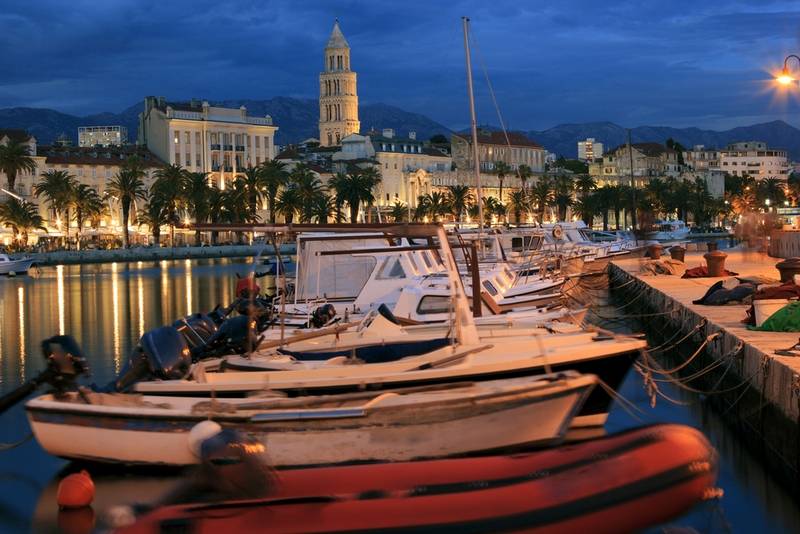 Diocletian’s Palace. anton-hlushchenko/shutterstock |
Split, Croatia’s vibrant coastal city, resonates with an intriguing blend of ancient history and modern Mediterranean lifestyle. At its heart lies Diocletian’s Palace, a UNESCO World Heritage Site and an architectural marvel that serves as the beating heart of the city. The palace complex, built in the 4th century by the Roman Emperor Diocletian, intertwines history with contemporary life, hosting bustling markets, charming cafes, and hidden courtyards within its ancient walls. Split’s old town, a maze of narrow streets and historic buildings, leads visitors to landmarks like the Cathedral of Saint Domnius and the Peristyle, offering glimpses into the city’s rich heritage.
Veliki Tabor Castle
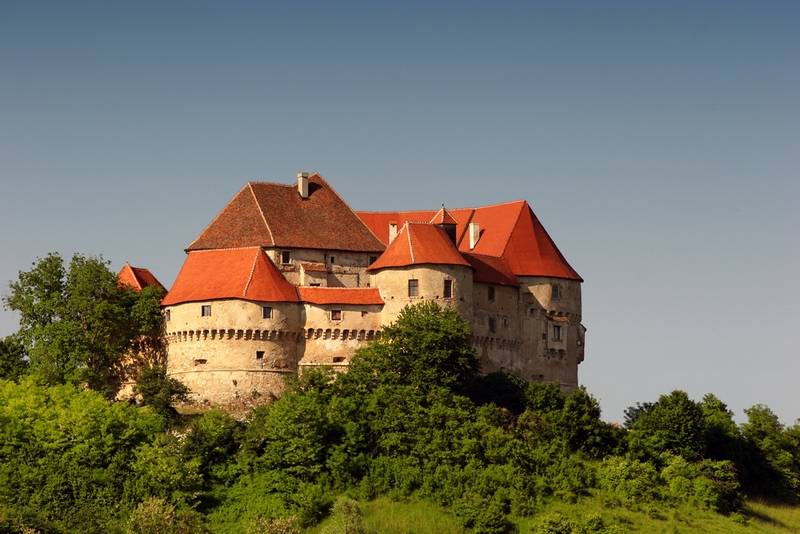
ahkim/shutterstock
Veliki Tabor Castle, situated the lush hills of Croatia’s Zagorje region, is a great example of medieval architecture. Dating back to the 12th century, this imposing fortress reflects a harmonious blend of Gothic and Renaissance styles, featuring fortified walls, towers, and picturesque courtyards. Steeped in legend and tales of forbidden love, the castle has witnessed centuries of historical events, enchanting visitors with its romantic allure and captivating ambiance.
Hvar
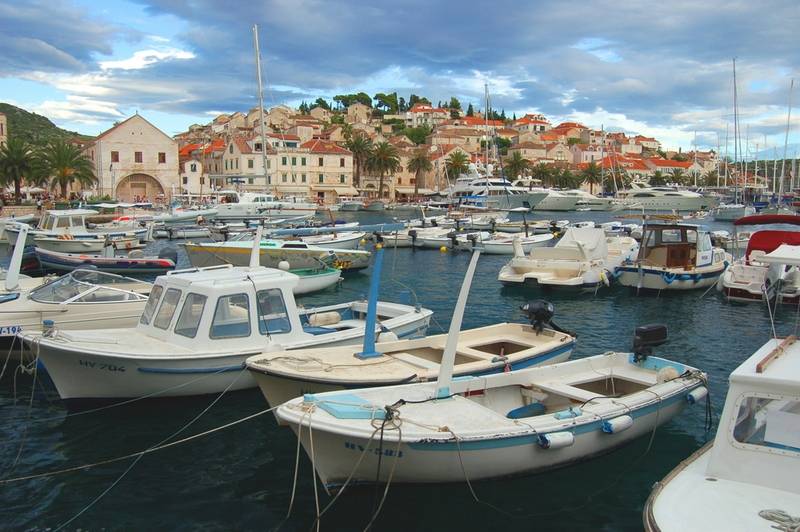
darios/shutterstock
Hvar, an enchanting island in the Adriatic Sea off Croatia’s Dalmatian Coast, is a captivating blend of natural beauty, rich history, and Mediterranean charm. Renowned for its stunning landscapes adorned with lavender fields, vineyards, and crystal-clear waters, Hvar boasts an alluring coastline dotted with secluded coves and vibrant beaches. The island’s main town, also named Hvar, exudes an elegant ambiance with its historic architecture, including the striking Renaissance-era Hvar Cathedral and the ancient walls of the Hvar Fortress offering panoramic views of the harbor.
Krka National Park
 |
Krka National Park is an oasis pristine lakes, and lush greenery. Renowned for its series of waterfalls, notably Skradinski Buk and Roški Slap, the park offers visitors a chance to marvel at the sheer beauty and power of nature. Wooden walkways meander through verdant forests and alongside turquoise pools, providing a close-up encounter with the park’s diverse flora and fauna.
Porec
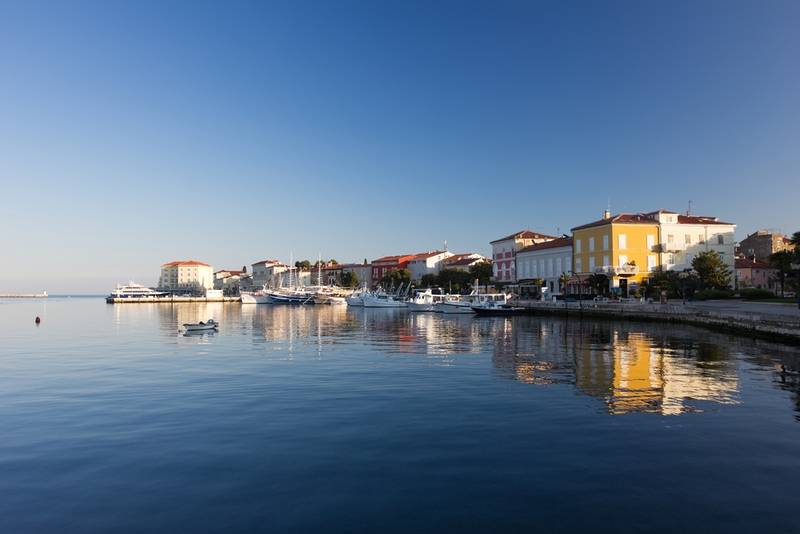
phant/shutterstock
Poreč, nestled on the western coast of the Istrian Peninsula, is a town brimming with history, culture, and coastal charm. The town’s centerpiece is the UNESCO-listed Euphrasian Basilica, a masterpiece of Byzantine architecture adorned with stunning mosaics dating back to the 6th century. Its narrow, cobbled streets wind through the ancient quarters, lined with Venetian-style houses, inviting cafes, and local artisan shops. The harbor area bustles with activity, offering a delightful blend of seafood restaurants, lively bars, and boat excursions that reveal the beautiful coastline.
Korcula
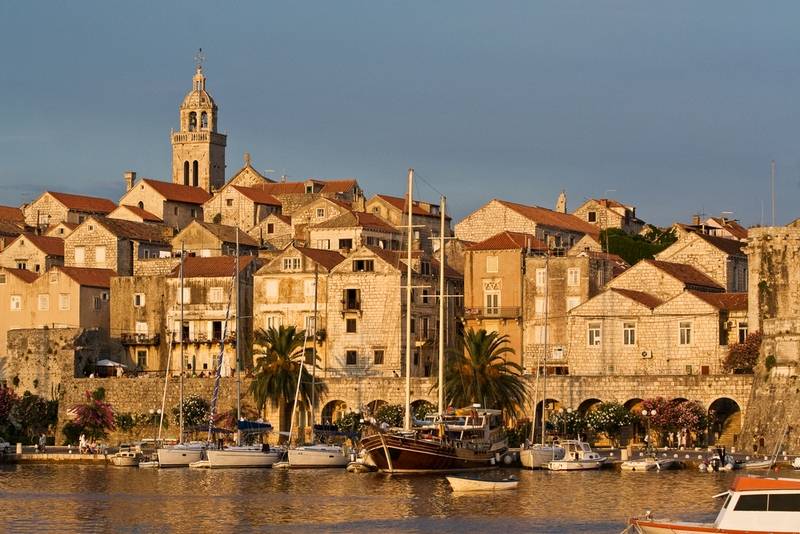 michail-kabakovitch/shutterstock |
Korčula, an enchanting island nestled in the Adriatic Sea along Croatia’s Dalmatian Coast, beckons travelers with its rich history, stunning landscapes, and captivating medieval charm. Surrounded by crystalline waters and lush greenery, the island is renowned for its well-preserved old town, believed to be the birthplace of the legendary explorer Marco Polo. Enclosed by formidable stone walls, the town’s narrow alleys and terracotta-roofed houses exude an air of timeless elegance. The iconic St. Mark’s Cathedral stands as a testament to the island’s historical significance, adorned with intricate stonework and stunning artworks.
Trakoscan Castle
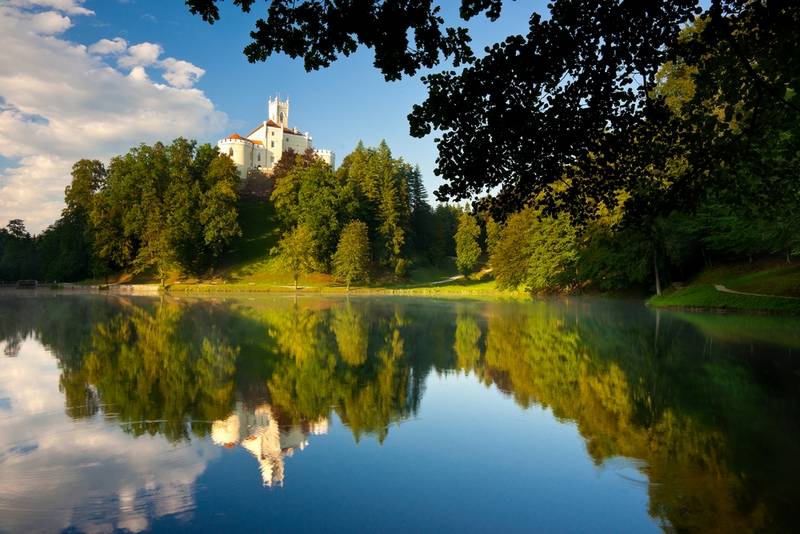
stjepann/shutterstock
Dating back to the 13th century, Trakoscan Castle exudes a captivating charm with its elegant towers, fortified walls, and a serene reflecting moat that shrouds it in a magical aura. Surrounded by manicured gardens and a pristine landscape, the castle interior showcases opulent period furnishings, art collections, and historical artifacts, offering visitors a glimpse into the lavish lifestyle of nobility.
Rovinj
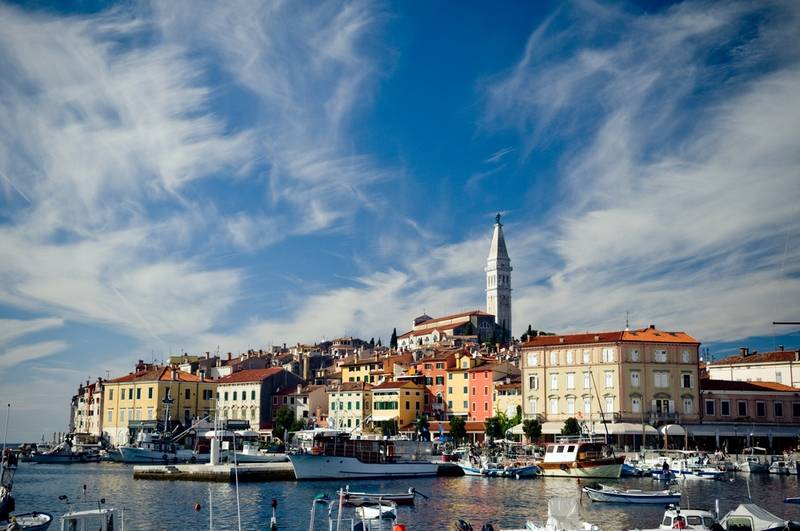
viki2win/shutterstock
Dominated by the imposing Church of St. Euphemia that crowns the hilltop, Rovinj’s historic core exudes a romantic ambiance with its narrow alleys, charming squares, and lively harbor. Its picturesque waterfront is lined with inviting cafes, seafood restaurants, and artisan shops, creating a vibrant atmosphere that lures visitors to stroll along the quays and admire the bobbing boats.
Trogir
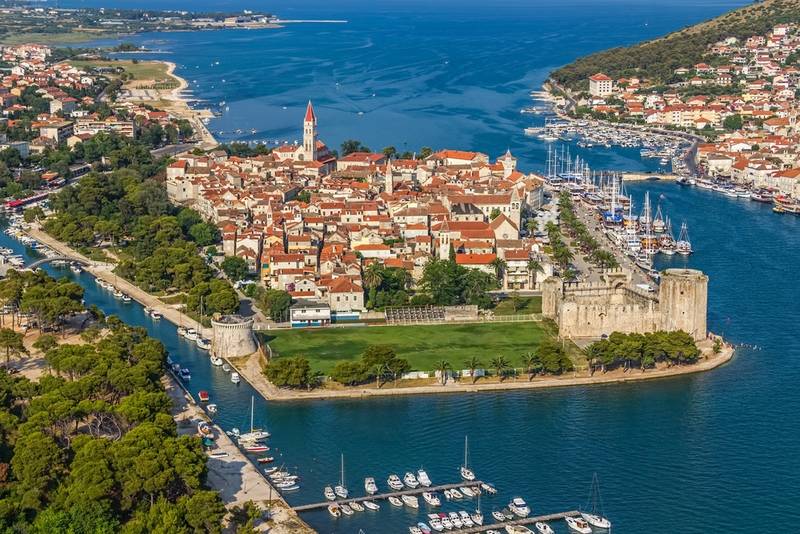 opis-zagreb/shutterstock |
Trogir, a UNESCO World Heritage Site on the Croatian coast, enchants visitors with its seamless blend of ancient history and medieval charm. This small island town, situated between the mainland and the larger island of Čiovo, boasts an incredibly well-preserved historic center characterized by narrow cobblestone streets, stone houses, and elegant Venetian architecture. The crowning jewel of Trogir is its imposing Cathedral of St. Lawrence, a masterpiece of Romanesque and Gothic architecture adorned with intricate carvings. The town’s rich cultural heritage is further accentuated by its impressive Kamerlengo Castle and the intricately designed city walls that stand as testaments to its medieval past. With its captivating ambiance, delightful waterfront promenade, and a treasure trove of historical landmarks, Trogir stands as a living museum, inviting travelers to immerse themselves in its timeless beauty and storied past.
Zadar
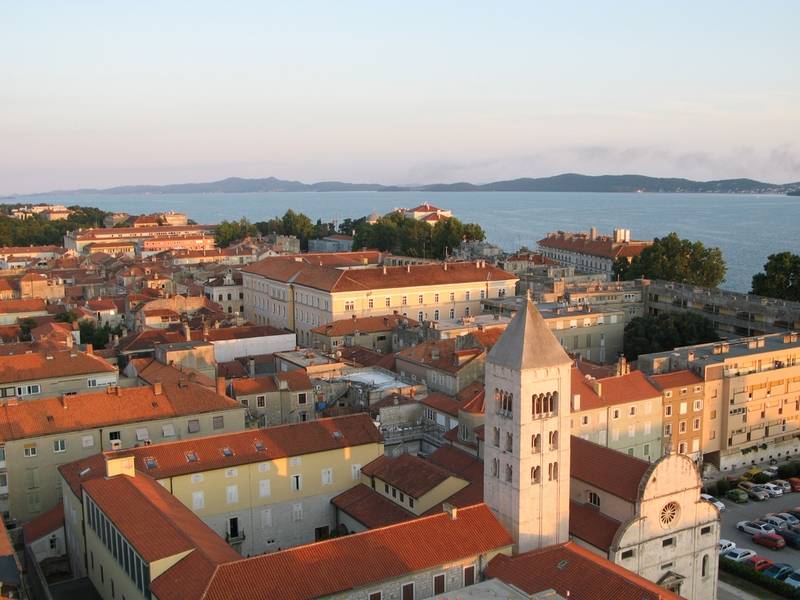
evronphoto/shutterstock
Zadar, a coastal city on Croatia’s Dalmatian Coast, is a captivating blend of ancient history, cultural richness, and natural beauty. The city’s historic center is a tapestry of Roman, Venetian, and Byzantine influences, evident in its well-preserved Roman forum, medieval churches, and Romanesque architecture. Zadar is renowned for its unique Sea Organ, an architectural marvel that harnesses the Adriatic Sea’s waves to create hauntingly beautiful melodies. The adjacent Sun Salutation, a solar-powered installation, mesmerizes visitors with an enchanting light display at sunset. The city’s vibrant streets are lined with bustling cafes, lively markets, and waterfront promenades offering stunning views of the crystalline sea and nearby islands.


